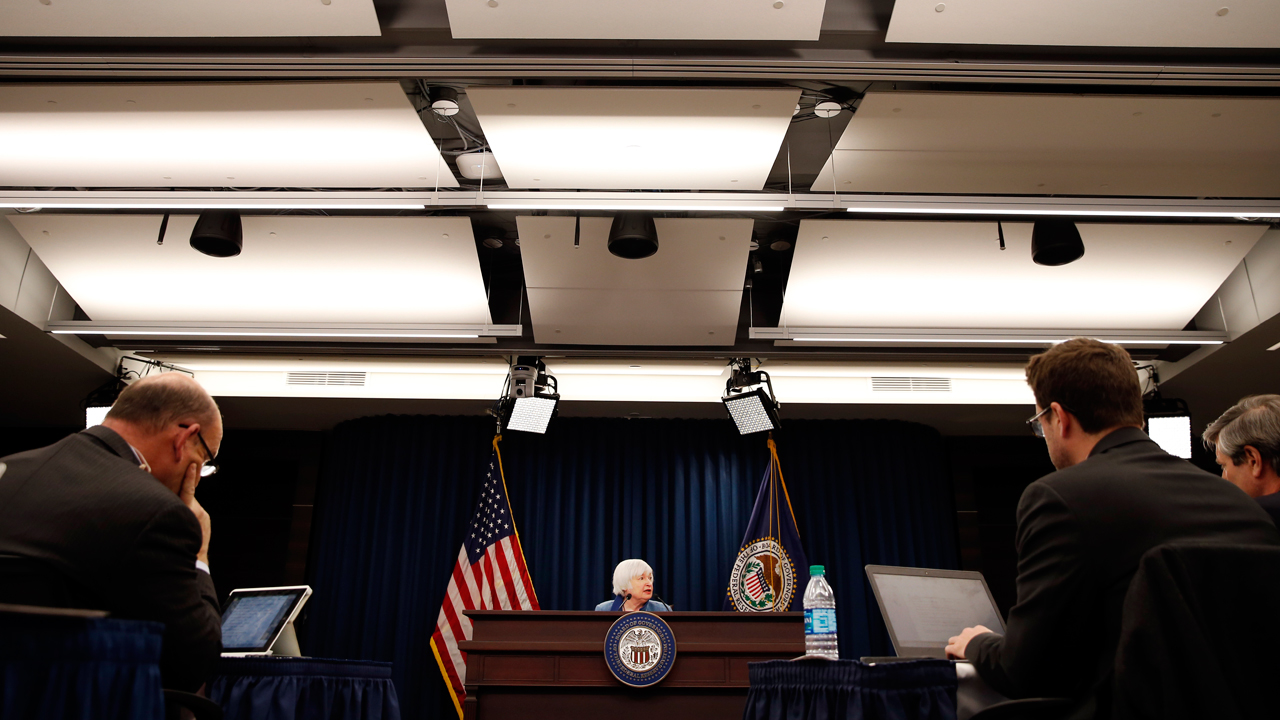Key points in the financial crisis, 11 years after Lehman's failure
Eleven years ago, after more than a century in business, investment bank Lehman Brothers collapsed in the largest corporate bankruptcy in history, forcing the U.S. government to take unprecedented steps to protect the financial system.
The bank’s demise brought to a head a financial crisis fueled by the end of a bubble in the $15 trillion mortgage market, dealing a catastrophic blow to the U.S. economy. Unemployment surging past 10 percent, and trillions of dollars in market value was wiped out. Tens of thousands of Americans lost their homes to foreclosure, including more than 800,000 in 2008 alone, according to RealtyTrac data.
The U.S. government responded by pumping in $1.5 trillion in stimulus over a five-year period to help keep leading financial institutions afloat and maintain liquidity in financial markets. The Federal Reserve slashed interest rates to nearly zero to encourage spending and went on a bond-buying spree that more than quadrupled the size of its balance sheet.
Here's a closer look at some of the key events during the period, one of the rockiest economically in American history:
Sept. 7, 2008: The Bush administration took control of troubled mortgage giants Fannie Mae and Freddie Mac, placing them in a conservatorship by the Federal Housing Finance Agency and removing their top executives in order to keep the nation’s housing market afloat. The companies, which owned about $5 trillion in home loans, buy mortgages from banks and package them into securities that they either hold or sell to U.S. and foreign investors.
Sept.15, 2008: Lehman filed for Chapter 11 bankruptcy protection, the largest such filing in U.S. history. The company shuttered its doors with more than $600 billion of debt and more than 100,000 creditors. The bankruptcy triggered a 500-point plunge in the Dow Jones Industrial Average, the largest one-day decline since the Sept. 11 attacks.
Sept. 17, 2008: The U.S. government seized control of American International Group, one of the world’s biggest insurers, in an $85 billion bailout, a historic and dramatic attempt to avert a potentially devastating bankruptcy.
Sept. 21, 2008: Goldman Sachs and Morgan Stanley, two of the nation’s most successful investment banks, sought protection from the financial crisis by applying to become regular commercial banks.
Oct. 3, 2008: President George W. Bush signed the Troubled Asset Relief Program, known as TARP, allowing the Treasury Department to inject money into banks, some of which were imperiled, so they could continue operating during the financial crisis. The U.S. government bought stock in eight banks: Bank of America/Merrill Lynch, Bank of New York Mellon, Citigroup, Goldman Sachs, JPMorgan Chase, Morgan Stanley, State Street and Wells Fargo -- in an investment commonly referred to as the “bank bailout.” Initially, the program authorized the government to spend $700 billion, but that amount was reduced to $475 billion when the Dodd-Frank Act was signed into law in 2010.
Fox Business' Thomas Barrabi contributed to this report.




















